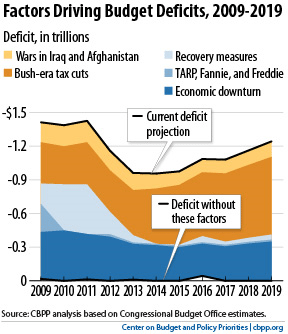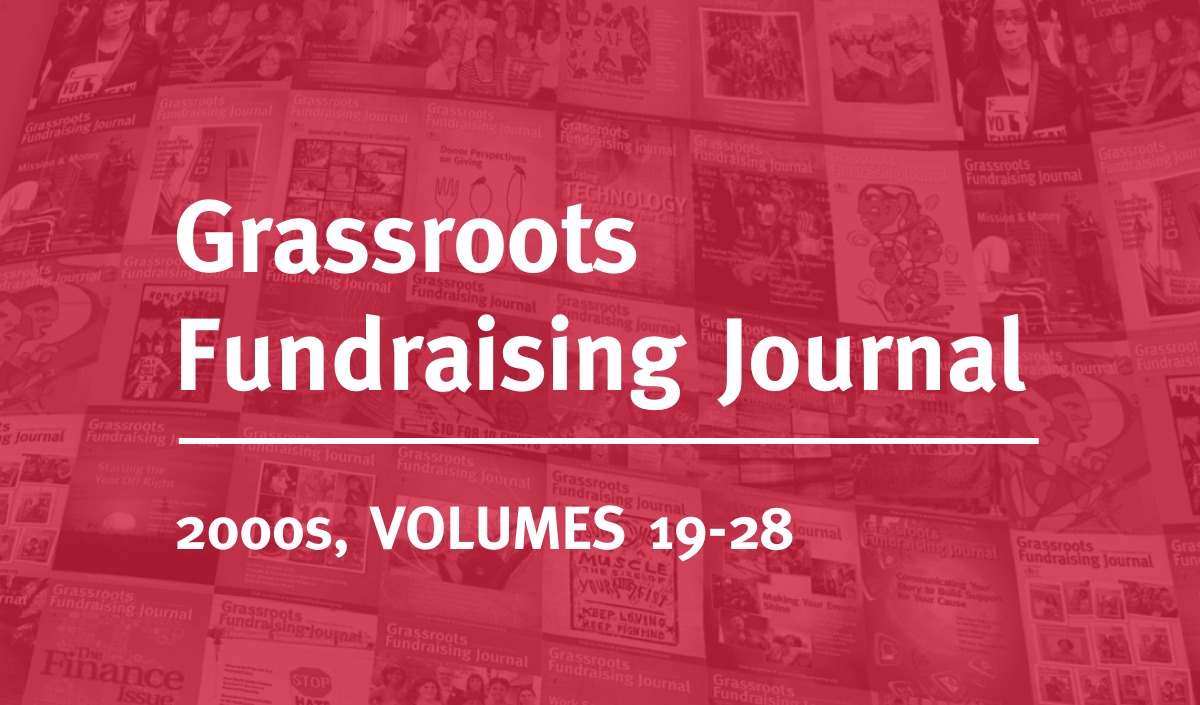June 22, 2011; Source: Congressional Budget Office (PDF) | The new Congressional Budget Office report on the nation’s long term debt has provoked lots of spin from the left and right cable TV shows and would have gotten more hadn’t President Obama stolen the limelight by announcing a modest withdrawal of troops (but not non-governmental private contractors) from Afghanistan. Since NPQ Newswire readers from across the ideological spectrum have debated on our website issues of governmental spending, taxation, and debt as they affect nonprofits, the CBO findings should provoke more debate. Here’s what the CBO said:
- Through 2008, federal debt equaled 40 percent of the nation’s GDP, pretty close to the 40-year average of 37 percent since 1945. At the end of this year, federal debt will be approximately 70 percent of GDP.
- Spending on mandatory health care programs (i.e., those that do not require annual appropriations, such as Medicare, Medicaid, the Children’s Health Insurance Program, and health insurance subsidies established by the national health insurance reform legislation) will rise from 6 percent of GDP today to 9 percent of GDP in 2035. Together with Social Security, their part of GDP would rise from 10 percent now to 15 percent 25 years from now.
- The expiration of the Bush era tax cuts enacted in 2001 that President Obama largely extended in 2010 will lead to tax revenues equaling 23 percent of GDP in 2035. If the tax cuts are extended again and if the Alternative Minimum Tax (AMT) is not expanded, revenues will be closer to their historical average of 18 percent of GDP.
- If revenues are at the 18 percent level and mandatory expenditures increase as predicted, if not even faster, the CBO suggests that debt as a percent of GDP will surpass its historical high point of 109 percent by 2023 and approach 190 percent by the year 2035.
The CBO predicts the following consequences from higher debt levels:
- “Rising debt would increasingly restrict policymakers’ ability to use tax and spending policies to respond to unexpected challenges, such as economic downturns or financial crises. As a result, the effects of such developments on the economy and people’s well-being could be worse.”
- “Growing debt also would increase the probability of a sudden fiscal crisis, during which investors would lose confidence in the government’s ability to manage its budget and the government would thereby lose its ability to borrow at affordable rates. Such a crisis would confront policymakers with extremely difficult choices. To restore investors’ confidence, policymakers would probably need to enact spending cuts or tax increases more drastic and painful than those that would have been necessary had the adjustments come sooner.”
- “To keep deficits and debt from climbing to unsustainable levels, policymakers will need to increase revenues substantially as a percentage of GDP, decrease spending significantly from projected levels, or adopt some combination of those two approaches.”
What do NPQ Newswire readers think? Is the debt crisis taking us toward a future like Greece or Ireland, or is it an overblown policy canard that could be reduced mightily, as this graphic from the Center for Budget and Policy Priorities suggests, by ending this nation’s long-running wars in Afghanistan and Iraq and by undoing the Bush/Obama tax cuts?
Sign up for our free newsletters
Subscribe to NPQ's newsletters to have our top stories delivered directly to your inbox.
By signing up, you agree to our privacy policy and terms of use, and to receive messages from NPQ and our partners.

Weigh in, all you shy, retiring, reticent NPQ Newswire readers!—Rick Cohen












